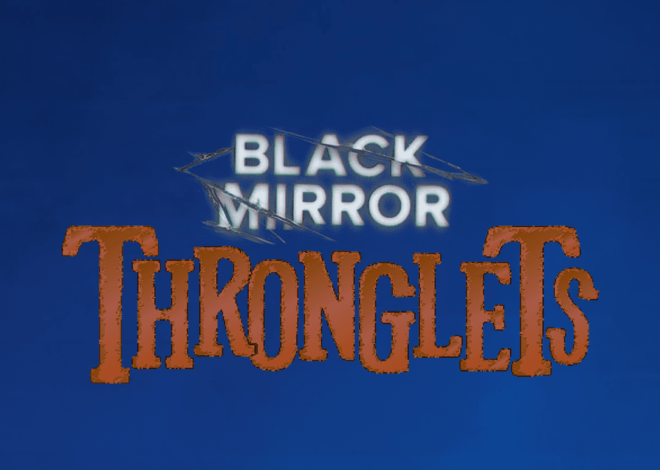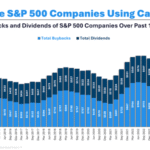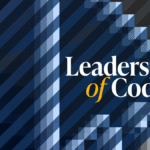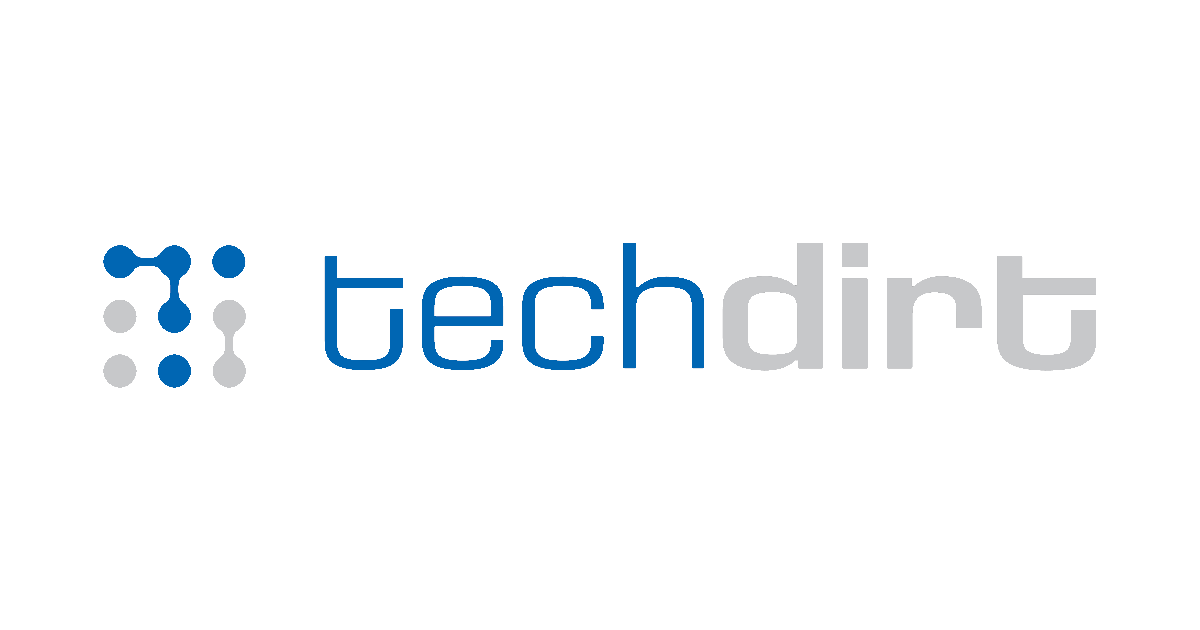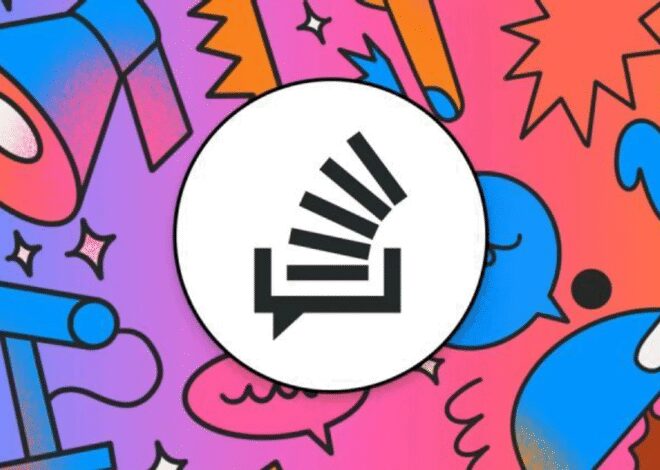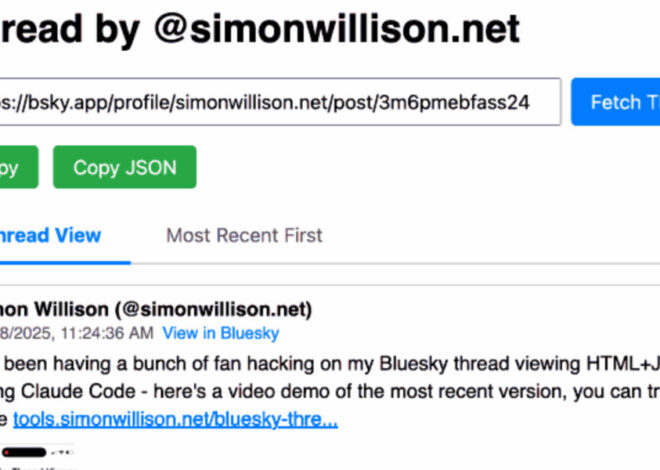from the down-under-and-upside-down-policymaking dept
Last fall, heavily influenced by Jonathan Haidt’s extremely problematic book, Australia announced that it was banning social media for everyone under the age of 16. This was already a horrifically stupid idea—the kind of policy that sounds reasonable in a tabloid headline but crumbles under any serious scrutiny. Over and over again studies have found that social media is neither good nor bad for most teens. It’s also good for some—especially those who are in need of finding community or like-minded individuals. It is, also, not so great for a small group of kids, though the evidence there suggests that it’s worst for those dealing with untreated mental health issues, which causes them to use social media as an alternative to help.
There remains little to no actual evidence that an outright ban will be helpful, and plenty to suggest it will be actively harmful to many.
But now Australia has decided to double down on the stupid, announcing that YouTube will be included in the ban. This escalation reveals just how disconnected from reality this entire policy framework has become. We’ve gone from “maybe we should protect kids from social media” to “let’s ban children from accessing one of the world’s largest repositories of educational content.”
Australia said on Wednesday it will add YouTube to sites covered by its world-first ban on social media for teenagers, reversing an earlier decision to exempt the Alphabet-owned video-sharing site and potentially setting up a legal challenge.
The decision came after the internet regulator urged the government last week to overturn the YouTube carve-out, citing a survey that found 37% of minors reported harmful content on the site.
This is painfully stupid and ignorant. The claim that 37% of minors reported seeing harmful content is also… meaningless without a lot more context and details. What counts as “harmful”? A swear word? Political content their parents disagree with? A video explaining evolution? What was the impact? Is this entirely self-reported? What controls were there? Just saying 37% is kind of meaningless without the details.
This is vibes-based policymaking dressed up in statistics. You could probably get 37% of kids to report “harmful content” on PBS Kids if you asked them vaguely enough. The fact that Australia’s internet regulator is using this kind of methodological garbage to reshape internet policy tells you everything you need to know about how seriously they’ve thought this through.
But also, YouTube is not just effectively the equivalent of television for teens today—it’s often far superior to traditional television because it’s not gatekept by media conglomerates with their own agendas. The idea that you should need to be 16 years old to watch some YouTube programs is beyond laughable, especially given the amount of useful educational content on YouTube. These days there are things like Complexly, Khan Academy, Mark Rober, and plenty of other educational content that kids love and which lives on YouTube. Kids are learning calculus from 3Blue1Brown, exploring history through Crash Course, and getting better science education from YouTube creators than from most traditional textbooks. This isn’t just entertainment—it’s democratized education that bypasses the gatekeeping of traditional media entirely.
This isn’t just unworkable—it’s the construction of a massive censorship infrastructure that will inevitably be used for purposes far beyond “protecting children.” Once you’ve built the system to block kids from YouTube, you’ve built the system to block anyone from anything. And that system will be irresistible to future governments with different ideas about what content people need to be “protected” from.
And the Australian government already knows that age verification tech is a privacy and security nightmare. They admitted as much two years ago.
Of course, kids will figure out ways around it anyway. VPNs exist. Older friends exist. Parents who aren’t idiots exist—and they’ll help their kids break this law. The only thing this accomplishes is teaching an entire generation that their government’s laws are arbitrary, unenforceable, and fundamentally disconnected from reality. It’s teaching kids to have less respect for government.
This isn’t happening in a vacuum, either. Australia is part of a broader global trend of governments using “protect the children” rhetoric as cover for internet control. The UK’s porn age verification disaster, the US Kids Online Safety Act, similar proposals across Europe—they all follow the same playbook. Identify a genuine concern (kids sometimes see stuff online that isn’t great for them), propose a solution that sounds reasonable in a headline (age limits!), then implement it through surveillance and censorship infrastructure that can be repurposed for whatever moral panic comes next.
The end result will be that Australia has basically taught a generation of teenagers not to trust the government, that their internet regulators are completely out of touch, and that laws are stupid. But it goes deeper than that. This kind of blatantly unworkable policy doesn’t just breed contempt for specific laws—it undermines the entire concept of legitimate governance. When laws are this obviously disconnected from technological and social reality, it signals that the people making them either don’t understand what they’re regulating or don’t care about whether their policies actually work. It’s difficult to see how that benefits anyone at all.
Filed Under: age verification, australia, bans, social media, teenagers, youtube ban
Companies: youtube
